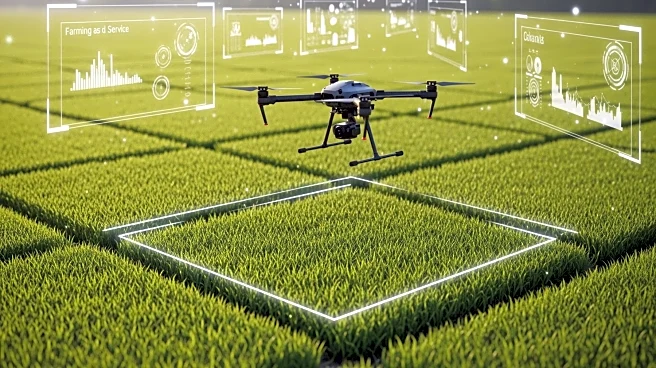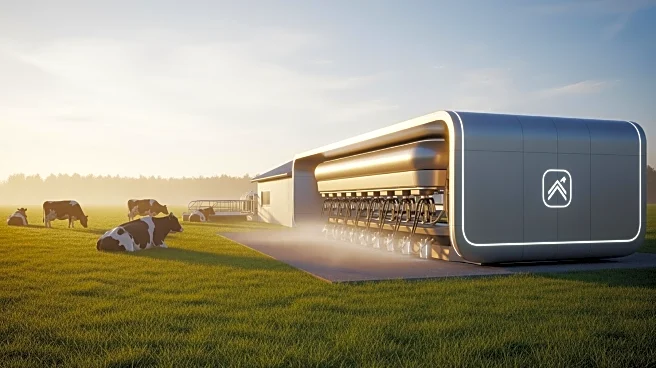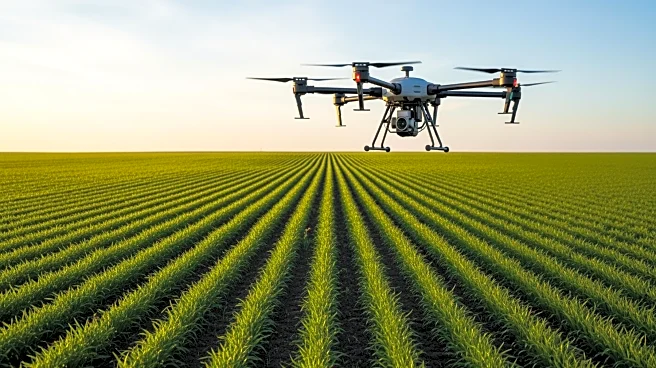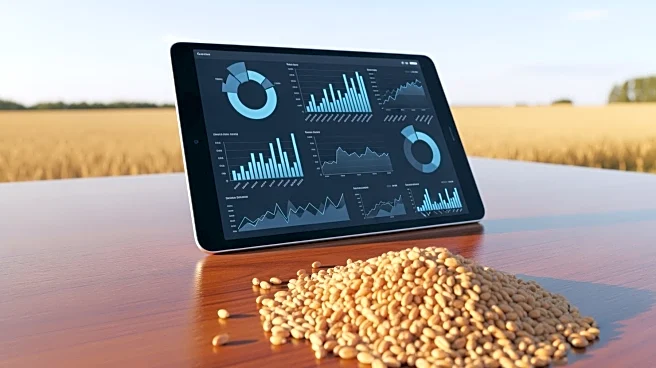What's Happening?
Electric Agricultural Machinery (EAM) is being positioned as a key component in sustainable farming, offering benefits such as reduced emissions and improved productivity. However, the transition faces
challenges due to the adaptation of New Energy Vehicle (NEV) technologies, which are not fully suited for agricultural demands. Issues such as thermal management and system failures hinder widespread adoption. Researchers advocate for purpose-built designs and hybrid platforms to overcome these obstacles, emphasizing the need for reliable components and seamless integration to support diverse agricultural tasks.
Why It's Important?
The development of EAM is critical for achieving sustainable agriculture goals, including reducing emissions and enhancing climate resilience. As traditional machinery struggles to balance productivity with environmental protection, EAM offers a promising alternative. However, overcoming technical challenges is essential for its successful deployment. The focus on hybrid platforms and farm-ready designs can lead to significant advancements in agricultural efficiency and sustainability. This transition is vital for the future of farming, impacting food production, environmental health, and economic viability.
What's Next?
Future research and development in EAM must prioritize creating farm-ready designs that go beyond adapting existing vehicle technologies. The establishment of unified standards and cross-disciplinary innovation will be crucial in advancing EAM as a strategic backbone of sustainable agriculture. Researchers call for the development of universal hybrid platforms capable of handling multiple tasks, which could revolutionize the industry and support large-scale sustainable farming practices.











